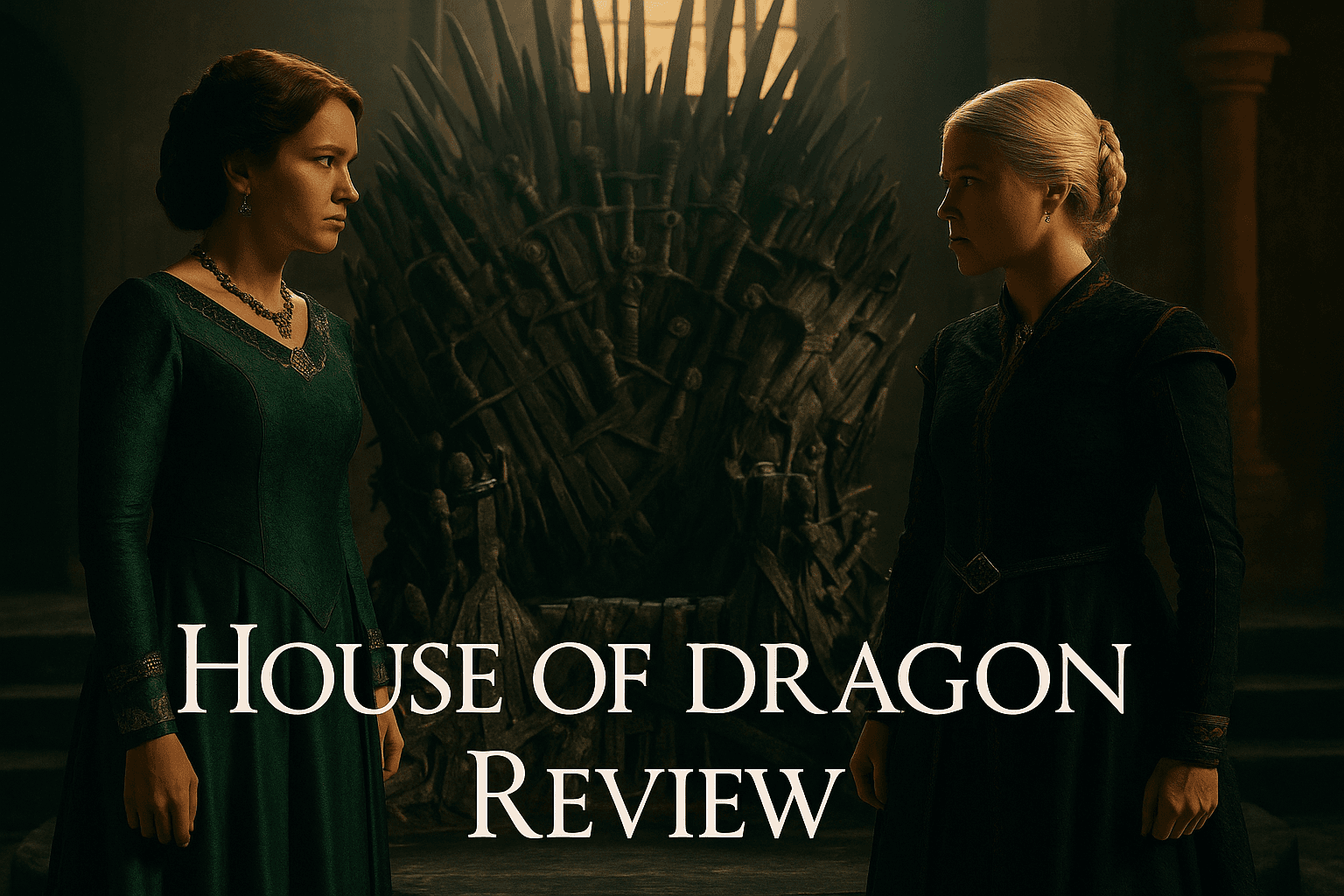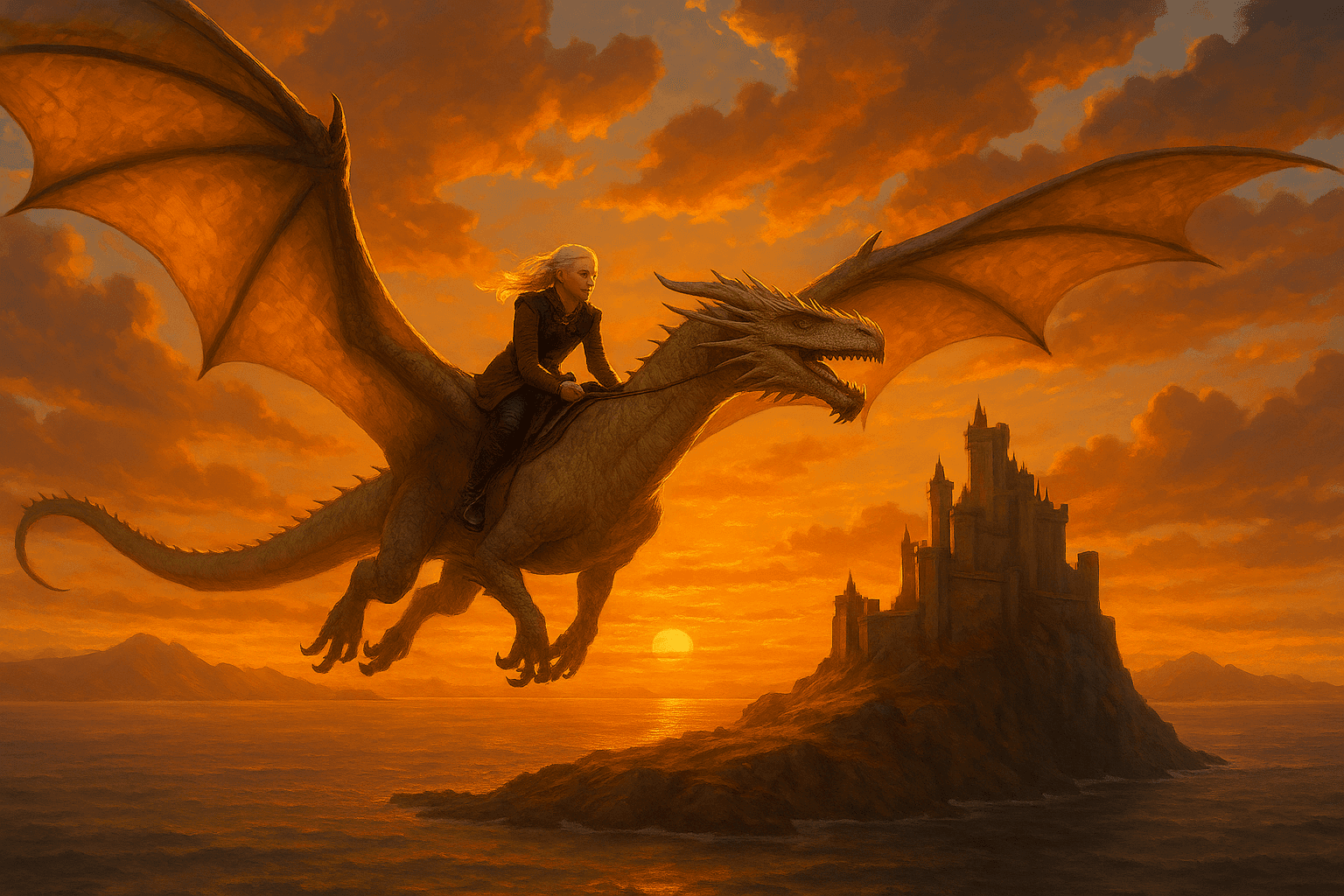House of the Dragon: Fire & Feuds - TheAttReviews Review
ByThe Att
•

🎬 Overview
House Of The Dragon is a high-stakes fantasy drama available on HBO. Set 172 years before the events of Game of Thrones, this prequel series chronicles the beginning of the end for House Targaryen. Created by Ryan Condal and George R.R. Martin, the show premiered on August 21, 2022, quickly becoming HBO's most-watched series premiere. Based on Martin's Fire & Blood, House Of The Dragon depicts the Dance of the Dragons – a brutal civil war between rival Targaryen factions that would ultimately lead to the dynasty's decline. With dragons at the height of their power and the Iron Throne contested by blood relatives, the series delivers the political intrigue, spectacular battles, and moral complexity that made its predecessor a cultural phenomenon.
🎯 Woke Rating: 3/5 – Moderately Woke
Woke Rating: 3/5 – Moderately Woke. House Of The Dragon contains noticeable but not overwhelming woke elements. The show makes deliberate changes from the source material to increase diversity, particularly in House Velaryon. While these alterations don't completely derail the story, they occasionally feel forced rather than organic. The series also emphasizes female empowerment themes more heavily than the books, though it generally handles these with more nuance than many contemporary productions. Most importantly, the core story of power, betrayal, and civil war remains intact despite the modern insertions.
🧠 Story & Adaptation: Fire and Blood Unleashed
The beating heart of House of the Dragon is its story – a tale of dynastic feuds and fate drawn from George R.R. Martin's Targaryen history Fire & Blood. This rich source material anchors the series with a Shakespearean grandeur: a once-glorious family torn apart by ambition, jealousy, and the weight of prophecy.
Core Themes that Drive the Narrative:
- Legacy and the burden of inherited power
- The corrosive nature of unchecked ambition
- Family bonds tested by political necessity
- The weight of prophecy and destiny
The writers deftly weave palace intrigue with flashes of war, showing how small council decisions and whispered plots can set kingdoms ablaze. It's a slow burn style of storytelling, heavy on dialogue and political maneuvering (much like early Game of Thrones), which rewards patient viewers with a deeply immersive narrative.
Why it works: House of the Dragon benefits from having Martin's complete saga of the Targaryen civil war as a blueprint. Unlike , which infamously outpaced its book series, this prequel knows exactly where its characters are headed – lending a sense of to the drama.
Share this article:


